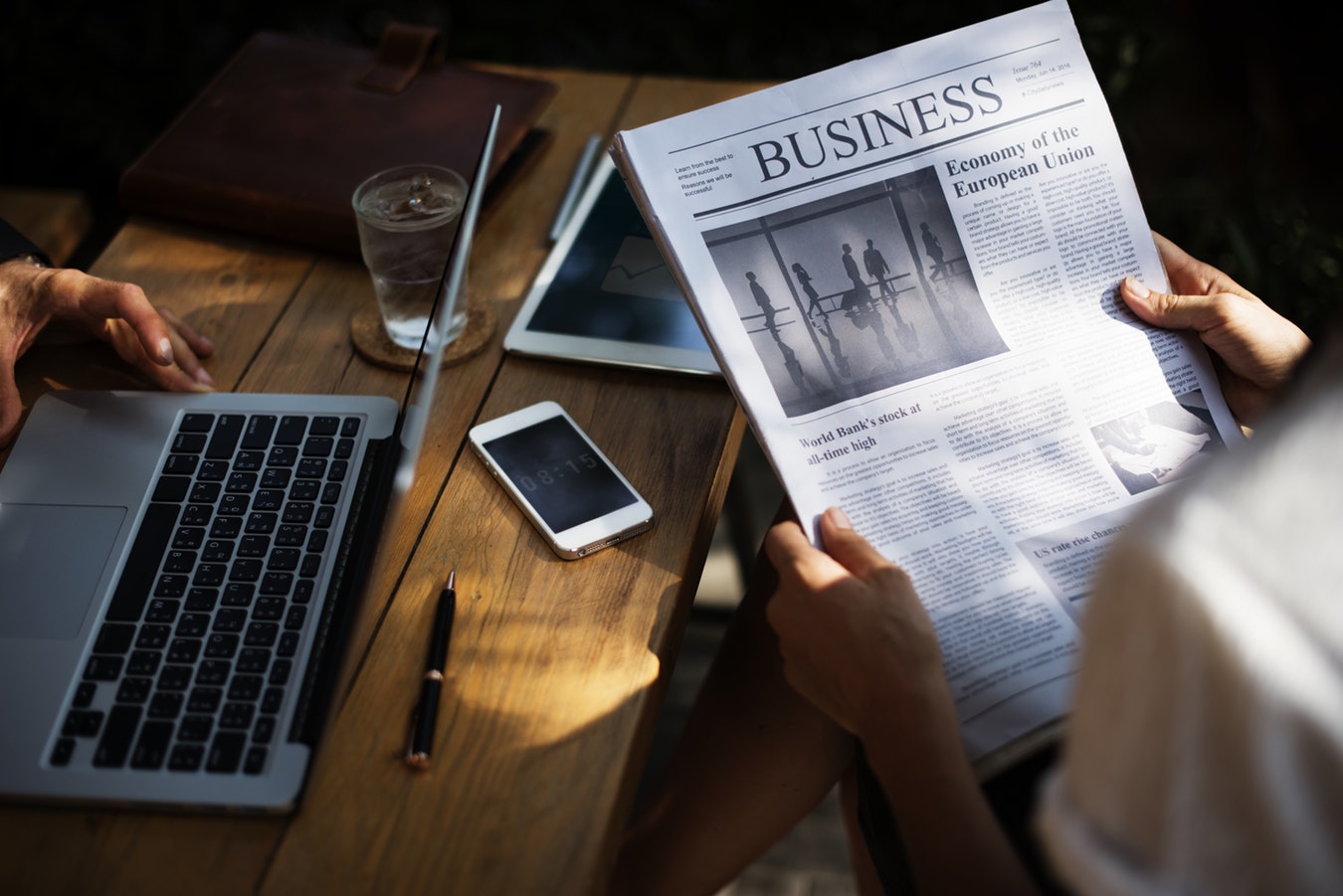These days, there’s lots of buzz about fake news.
That’s news that is presented as fact but is not factual, that misleads or manipulates, and that might have ulterior motives.
Fake news propaganda is said to have influenced recent political shifts in major global powers and there are some very serious investigations underway to get to the bottom of it. You don’t have to be politically minded to need protection from misinformation and extreme bias in the content you consume.
Besides getting your friends and family into arguments, hoaxes can cause unnecessary levels of alarm or even trauma.
The good news is that you don’t need to be a lawyer or a detective to make your way safely through the ideas, fibs, facts and fabrications on the internet. You just need to know your source.
Even if you don’t visit them directly, information sources feed into your daily diet of news through social media, headline placards and general conversation. Websites and newspapers have a bias the same way people do.
Bias is a bit of four letter word, but everyone has some. We all naturally lean towards our own way of thinking and feeling. A friend might be perfectly rational except when you talk about lunch because she’s a dedicated fruitarian and wishes everyone else would be, too. Another friend may be super-easy going until you mention music, and then it’s all about the hip hop, man, and sorry for you if you like jazz or pop music as well coz he’s not havin’ it, bra. You know he’s the best pal to go to a hip hop gig with, but he won’t enjoy a night of live rock music no matter how good it is. Bias means we can sometimes experience feelings as fact.
In the same way, information sources have their own leanings and it’s good to know which way they lean, and how far. This helps you figure out how seriously to take their stories. They might be trying to convince you through feelings instead of facts instead of using a clear, logical argument. They do this because when we care about something, our nonsense radar tends to work less well.
How to find out if it’s fake: 3 tips for a fake news fact check

- Use common sense – If a story seems rational but something is a little ‘off’, dig further. Your intuition is a weapon against dodgy facts, and we call it the ‘wait, what?’ moment. Read the comments, too; you’ll probably find you’re not alone!
- Not sure if a website is legit? If it’s a major international one, check it on MediaBiasFactCheck.com. Also,
- Heard some news but not sure it’s actually true? This website https://factualsearch.news restricts your search to specific sites that are ranked “highly factual” and will check if the story features on trusted sites.
You can also explore these sites for more:
www.washingtonpost.com/news/fact-checker
Feeling safer? Remember to share the tools you find useful. The more informed your friends and fam are, the less fake news can spread.



